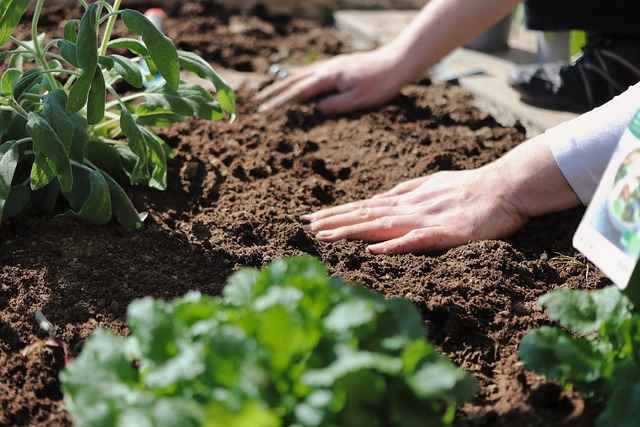
Soil conditions
Published on
Average Read time: 1 minute 53 seconds
Soil conditions play a crucial role in urban planning and development, as they can significantly impact the feasibility and sustainability of construction projects, landscaping efforts, and vegetation establishment. Here's how soil analysis contributes to the planning process:
Soil Types: Identifying the type of soil present in a particular area is essential for understanding its properties and characteristics. Different soil types, such as clay, silt, sand, and loam, have distinct drainage, compaction, and fertility qualities that influence their suitability for various uses.
Compaction: Assessing soil compaction levels helps determine its ability to support structural loads and foundations. Compacted soils may require additional measures such as soil stabilization or compaction control to ensure stability and prevent settlement issues in built environments.
Drainage: Evaluating soil drainage capacity is critical for managing surface water runoff and preventing flooding, erosion, and waterlogging. Soil with poor drainage may require drainage systems or grading adjustments to redirect water away from built structures and sensitive areas.
Fertility: Analyzing soil fertility levels helps determine its capacity to support healthy vegetation growth and landscaping efforts. Soil fertility assessments may involve testing for nutrient levels, pH balance, organic matter content, and microbial activity to identify potential deficiencies or imbalances that need to be addressed through soil amendments or fertilization practices.
Erosion Risks: Identifying areas prone to soil erosion helps implement erosion control measures to protect against soil loss and degradation. Soil erosion can occur due to factors such as steep slopes, exposed surfaces, inadequate vegetation cover, and heavy rainfall events, requiring erosion control techniques such as terracing, vegetation establishment, mulching, and erosion blankets.
Groundwater Recharge Areas: Mapping groundwater recharge areas helps protect valuable groundwater resources and ensure sustainable water management practices. Soil conditions that promote infiltration and percolation are favorable for groundwater recharge, while compacted or impermeable soils may inhibit water infiltration and recharge processes.
Limitations for Development: Understanding soil limitations and constraints is essential for guiding land use decisions and development planning. Areas with unstable or unsuitable soils may be unsuitable for certain types of development, requiring mitigation measures or alternative land uses to minimize risks and ensure safety and stability.
Soil Types: Identifying the type of soil present in a particular area is essential for understanding its properties and characteristics. Different soil types, such as clay, silt, sand, and loam, have distinct drainage, compaction, and fertility qualities that influence their suitability for various uses.
Compaction: Assessing soil compaction levels helps determine its ability to support structural loads and foundations. Compacted soils may require additional measures such as soil stabilization or compaction control to ensure stability and prevent settlement issues in built environments.
Drainage: Evaluating soil drainage capacity is critical for managing surface water runoff and preventing flooding, erosion, and waterlogging. Soil with poor drainage may require drainage systems or grading adjustments to redirect water away from built structures and sensitive areas.
Fertility: Analyzing soil fertility levels helps determine its capacity to support healthy vegetation growth and landscaping efforts. Soil fertility assessments may involve testing for nutrient levels, pH balance, organic matter content, and microbial activity to identify potential deficiencies or imbalances that need to be addressed through soil amendments or fertilization practices.
Erosion Risks: Identifying areas prone to soil erosion helps implement erosion control measures to protect against soil loss and degradation. Soil erosion can occur due to factors such as steep slopes, exposed surfaces, inadequate vegetation cover, and heavy rainfall events, requiring erosion control techniques such as terracing, vegetation establishment, mulching, and erosion blankets.
Groundwater Recharge Areas: Mapping groundwater recharge areas helps protect valuable groundwater resources and ensure sustainable water management practices. Soil conditions that promote infiltration and percolation are favorable for groundwater recharge, while compacted or impermeable soils may inhibit water infiltration and recharge processes.
Limitations for Development: Understanding soil limitations and constraints is essential for guiding land use decisions and development planning. Areas with unstable or unsuitable soils may be unsuitable for certain types of development, requiring mitigation measures or alternative land uses to minimize risks and ensure safety and stability.
By conducting thorough soil analysis and incorporating soil considerations into planning and design processes, urban planners can make informed decisions that promote sustainable development, mitigate environmental risks, and enhance the resilience and longevity of built environments.